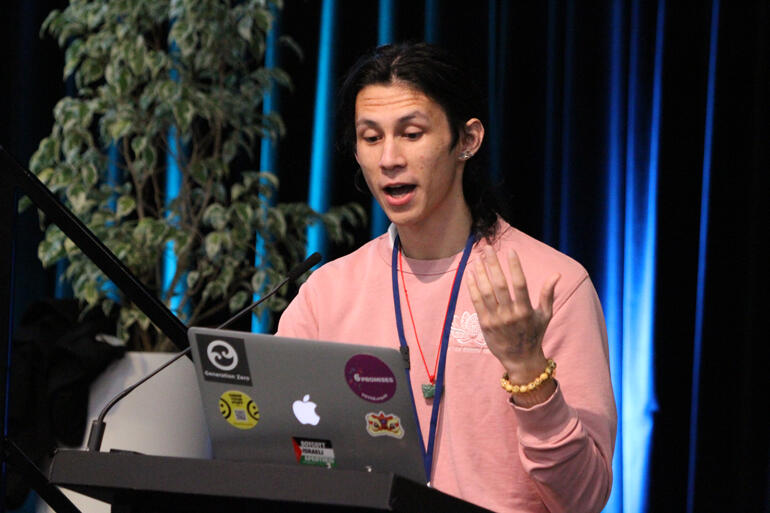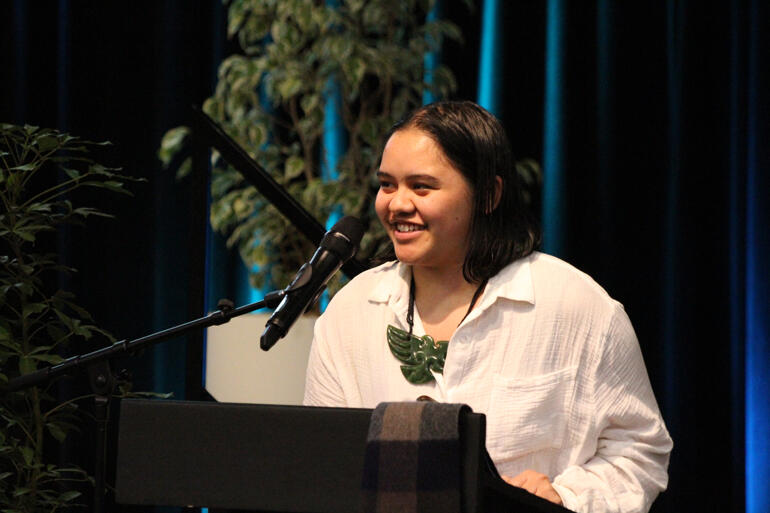

General Synod has approved an audit of young people’s participation in the decision-making bodies of the Anglican Church in Aotearoa, New Zealand and Polynesia, as part of a move to increase the number of young people involved in church leadership.
Mover of Motion 7 on Youth representation, Etienne Wain (Diocese of Wellington) explained how in 2018 General Synod began a review of young people involved in Church Boards, Commissions and Committees, but six years on, little has changed to make youth membership of those bodies more equitable or accessible.
Te Hīnota passed Motion 7 unanimously, which now establishes a research project to run between 2024-2025, that will scan Hui Amorangi and Diocesan Boards, committees and three Tikanga commissions to identify and report how many young people they are supporting to take part in Church governance.
“This motion will send a clear signal that the Church wants our rangatahi to be leading our Church into the future.” said Etienne.
The Youth representation motion (endorsed by Anglican youth at Tikanga Youth Synod in 2023) calls for a threefold project to:
– Collate the 2018 youth representation research data and return it to Tikanga Youth Synod 2024
– Facilitate Tikanga, Amorangi and Dioceses to collate and report their updated youth representation data
– Empower the Tikanga Toru Youth Commission to develop a youth representation strategy for ratification at TYS 2025
Tikanga Toru Youth Commissioner, Rev Chaans Tumataroa-Clarke acknowledged the challenge of finding young people who were able or willing to take part in business meetings like Te Hīnota Whānui, Amorangi or diocesan synods, but said that a wider conversation about the format of governance meetings should be part of the mahi driven by this motion.
Rev Chaans shared with Synod that while some young people thrive in the parliamentary style of Synod, that is not the norm.
“For the vast majority of our rangatahi where I come from this [Hīnota] is such an abstract thing outside of the way that they operate, and the way that they communicate and the way that they feel heard, that they wouldn't want to sit in the room like this in a business meeting to have their voice heard.”
Chaans believes looking at the youth representation issue will uncover symptoms of a greater concern around youth participation within the Church’s structures.
“There are some shared nuances between the wānanga that we had yesterday about how wāhine don't feel as included, don’t feel as empowered, don't feel as safe in certain spaces within the church, that I think rangatahi and young people share.
“This church has everything to share with our people, with our rangatahi, so this is important work to do.”

















Comments
Log in or create a user account to comment.